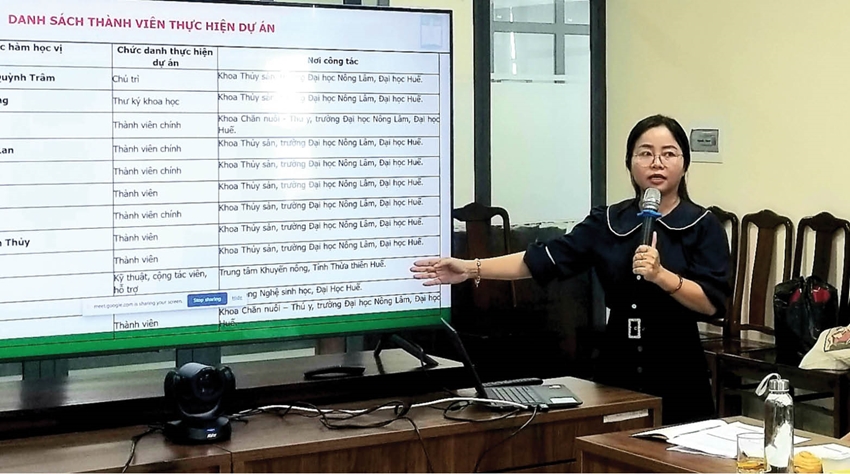 |
| Presentation on the results of the project on production and use of black soldier fly larvae as food for some freshwater aquatic species |
Food source
According to experts, many countries have used larvae to raise salmon, tilapia, catfish, grass carp, common carp... While in our country, larvae have not been widely used in aquaculture. To diversify food sources and ensure safety, rich nutrition for the cultured objects, and save costs, the agricultural and rural development sector and scientists have focused on researching this issue. In particular, the black soldier fly species was chosen for research and breeding to produce black soldier fly larvae powder, partially replacing fishmeal as feed in the farming of some freshwater aquatic species.
In 2022, the Ministry of Agriculture and Rural Development proposed to add black soldier flies to the list of other animals allowed to be raised in Decree 13 of the Government. Also according to the reply letter of the Ministry of Natural Resources and Environment agreeing with the above proposal, Decree 46 amending and supplementing a number of articles of Decree 13 was issued, adding black soldier flies to the list of animals allowed to be raised.
From this open direction, the research team of the University of Agriculture and Forestry - Hue University has implemented a scientific and technological project to produce and use black soldier fly larvae as food for some freshwater aquatic species of economic value in the province.
The research team used different sources of organic waste, such as: Tofu pulp, peanut pulp, vegetable waste, quail, chicken, pig manure... to raise black soldier fly larvae. As a result, raising from tofu pulp gives higher productivity, with 3 - 6kg of fresh tofu pulp for 1kg of larvae, biomass collection time is from 7 - 9 days after raising. Raising black soldier flies when using 80% tofu pulp, 20% animal organs, and miscellaneous fish gives good results. The re-raising time is short, only taking 35 - 40 days, with high egg productivity and hatching rate.
Through investigation and assessment of the spread of black soldier flies into the environment, 100% of households confirmed that they have not seen black soldier flies appear in nature, do not affect daily life and activities, and do not affect agricultural production.
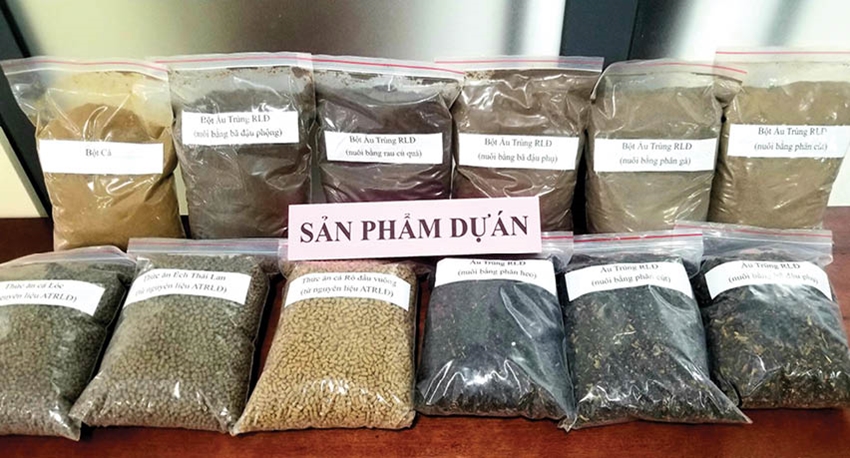 |
| Powder and pellet feed from black soldier fly larvae fed with by-products |
Many benefits
Associate Professor, Dr. Nguyen Duy Quynh Tram, Hue University of Agriculture and Forestry, head of the project on production and use of black soldier fly larvae as feed in aquaculture, said that the research team selected a number of valuable freshwater aquatic species in the area such as Thai frogs, square-head perch, and snakehead fish to test feeding black soldier fly larvae feed combined with industrial feed. The team also cooperated in producing feed in powder and dry pellet form to conveniently serve market demand as well as ensure food hygiene and safety for livestock.
According to households participating in the project model, the price of black soldier fly larvae powder ranges from 12 - 20 thousand VND/kg, about 2.5 times lower than the price of fish meal (from 30 - 50 thousand VND/kg). Comparing the price of feed containing 25-40% protein for feed from black soldier fly larvae raw materials with the price of industrial feed sold on the market, the difference is also lower from 6 - 10 thousand VND/kg.
At the commercial snakehead fish farming model of Mr. Nguyen Van Dung, in Phu My commune (Phu Vang), the use of food from black soldier fly larvae gave a survival rate of 77.7%, a size of more than 401g/fish, and a yield of 62.13 tons/ha. The profit from this farming model reached over 185 million VND/pond (3,000m2), with a profit margin of 26.2%. Mr. Le Phu Diem's household, in Huong Chu ward (Huong Tra town) participated in the Thai frog farming model using food produced from black soldier fly larvae, with a survival rate of 70%, a size of 239g/fish, and a yield of 13.4kg/m2. The profit was nearly 70 million VND/450m2 of cage, with a profit margin of 26.7%. For the square-head tilapia farming model of Mr. Van An, in Thuy Phu commune (Huong Thuy town), when participating in the project, the survival rate of the raised fish reached 85%, the size was 160g/fish and the yield was 31.2 tons/ha. The profit was nearly 94 million VND/pond (3,000m2), with a profit margin of 27.1%.
Through the survey, the meat quality of the subjects raised according to the model was not affected when fed with black soldier fly larvae. Moreover, the use of black soldier fly larvae as feed in aquaculture also helps reduce environmental pollution. Because through the process of raising black soldier flies, it indirectly helps to effectively treat waste in livestock, farming, processing, excess vegetables...
To save costs and bring high efficiency in aquaculture, according to the project implementation team of the University of Agriculture and Forestry - Hue University, farmers need to combine the use of 50% black soldier fly larvae and 50% industrial feed. Farmers need to replace up to 30% of fish meal protein with black soldier fly larvae when raising snakehead fish, square-head perch and about 40% for raising Thai frogs. Practical results show that the combined use of black soldier fly larvae feed helps improve growth, development, as well as productivity and profits when raising snakehead fish, square-head perch, Thai frogs... in the direction of commercial products in the area.
Source: https://baothuathienhue.vn/kinh-te/them-nguon-thuc-an-nuoi-trong-thuy-san-an-toan-147026.html


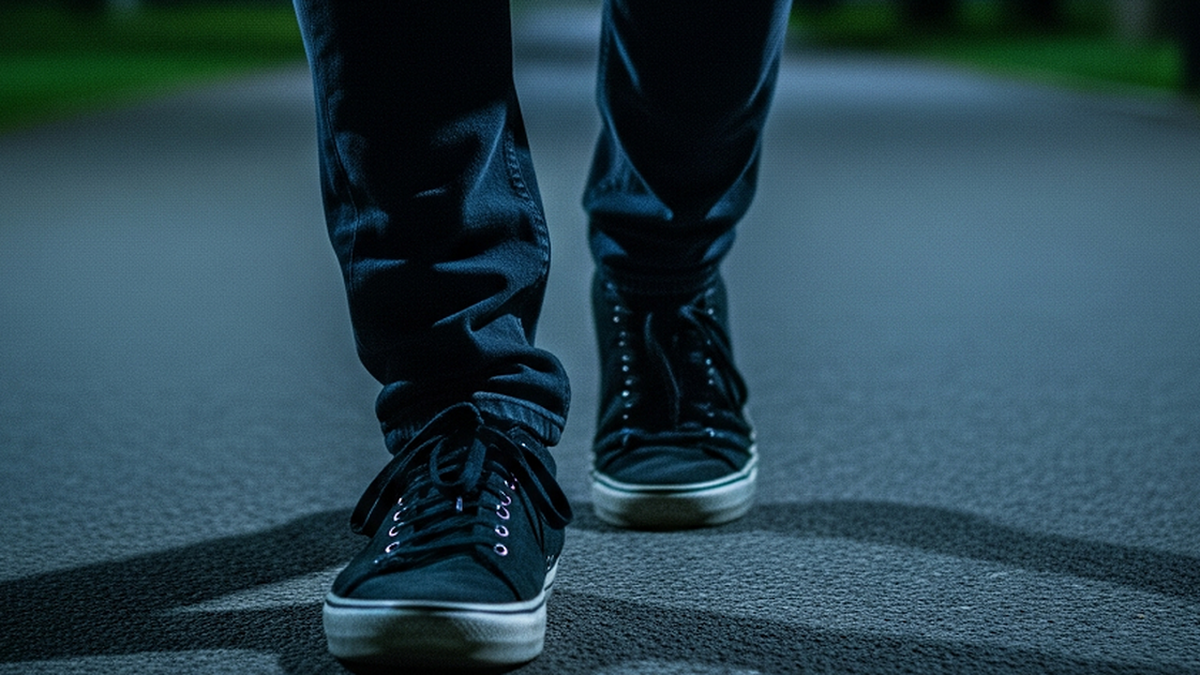
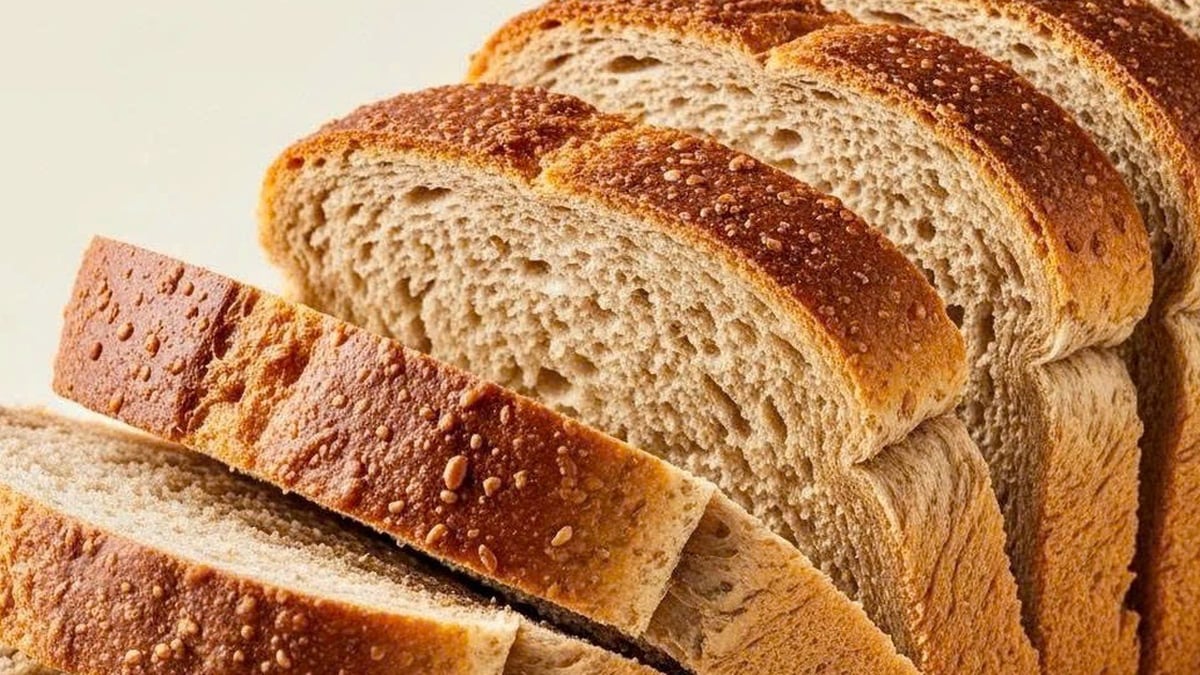
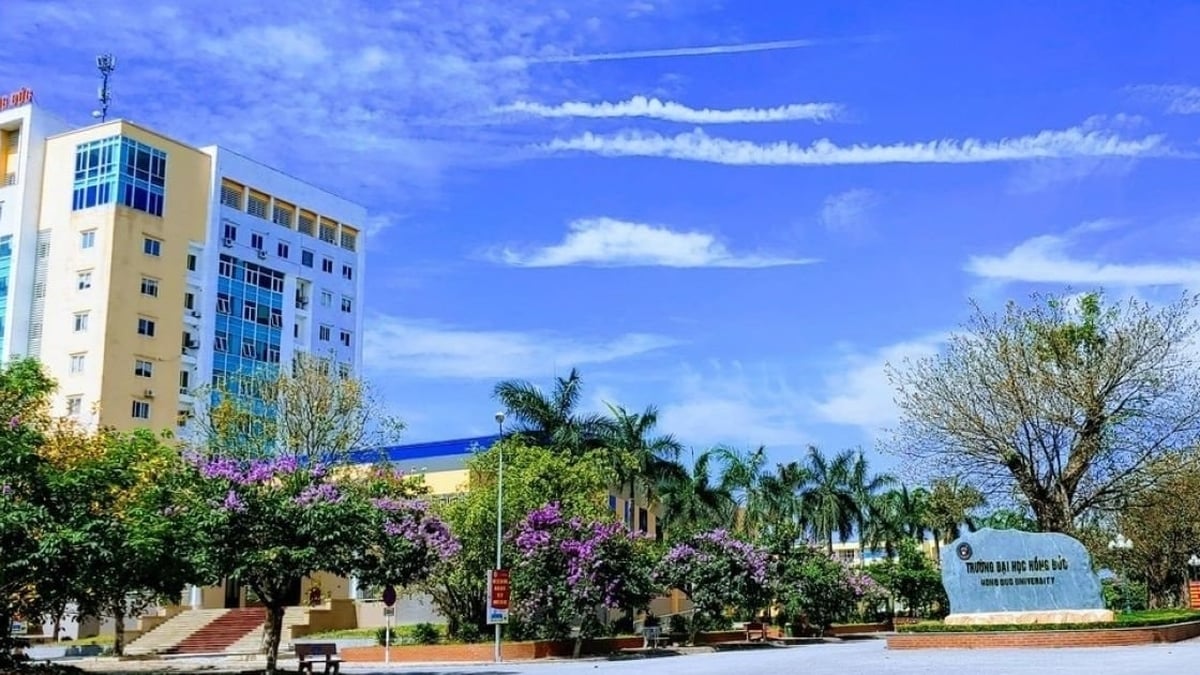
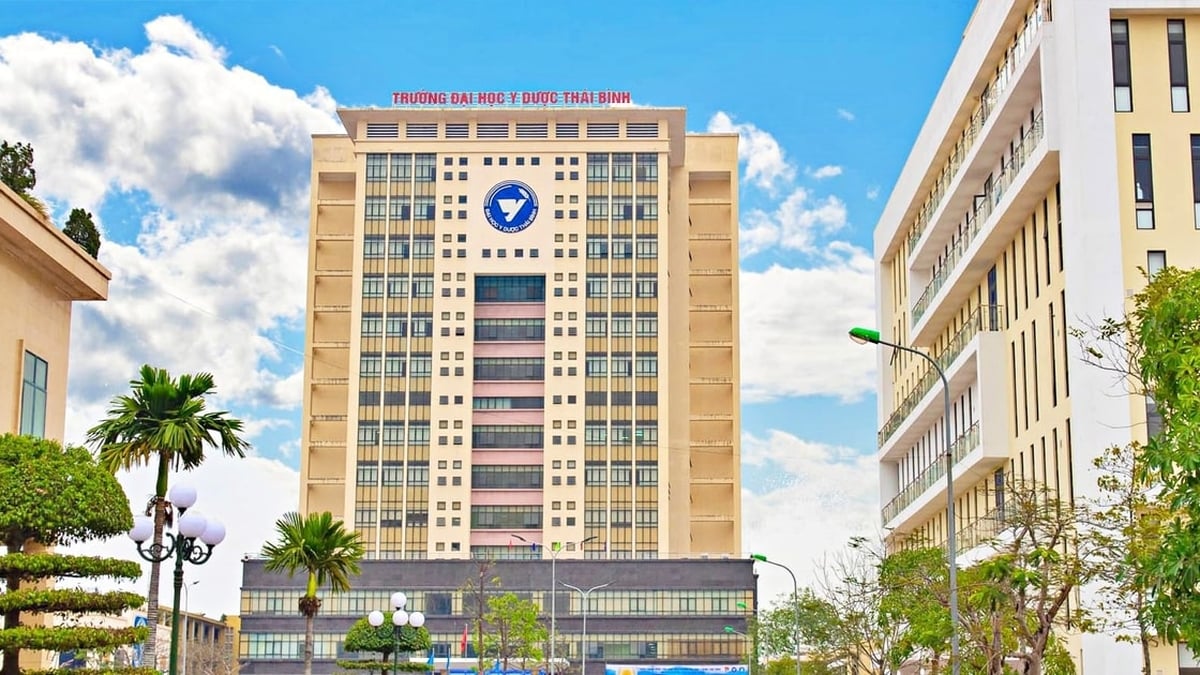
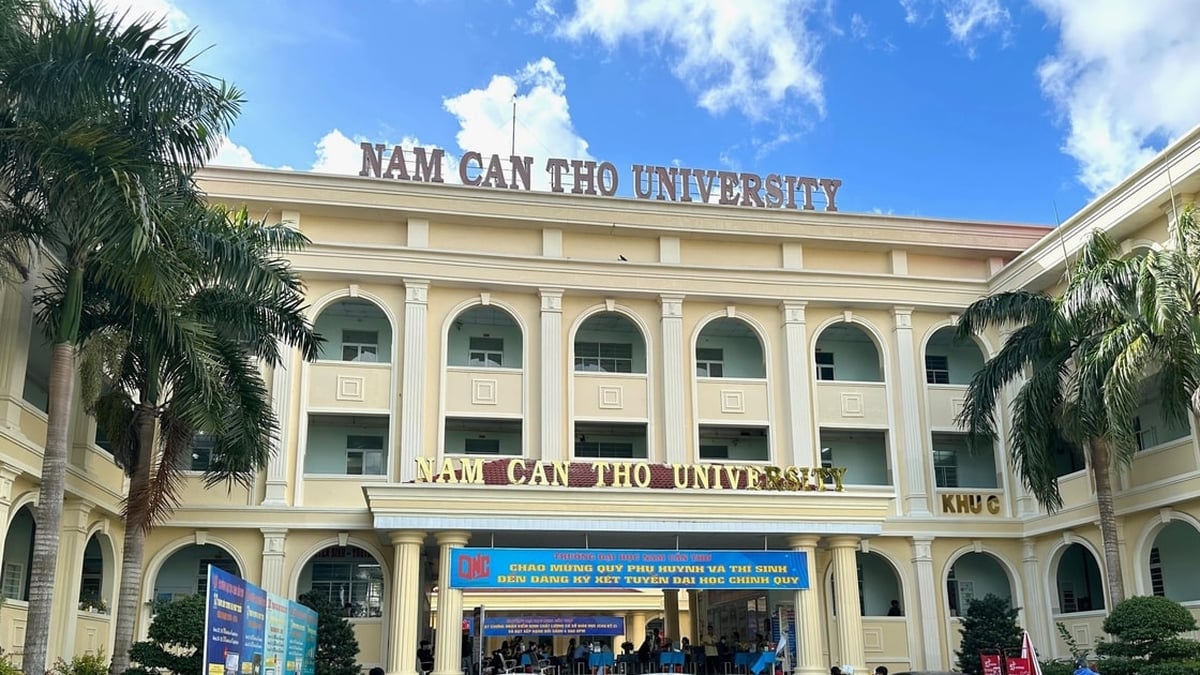
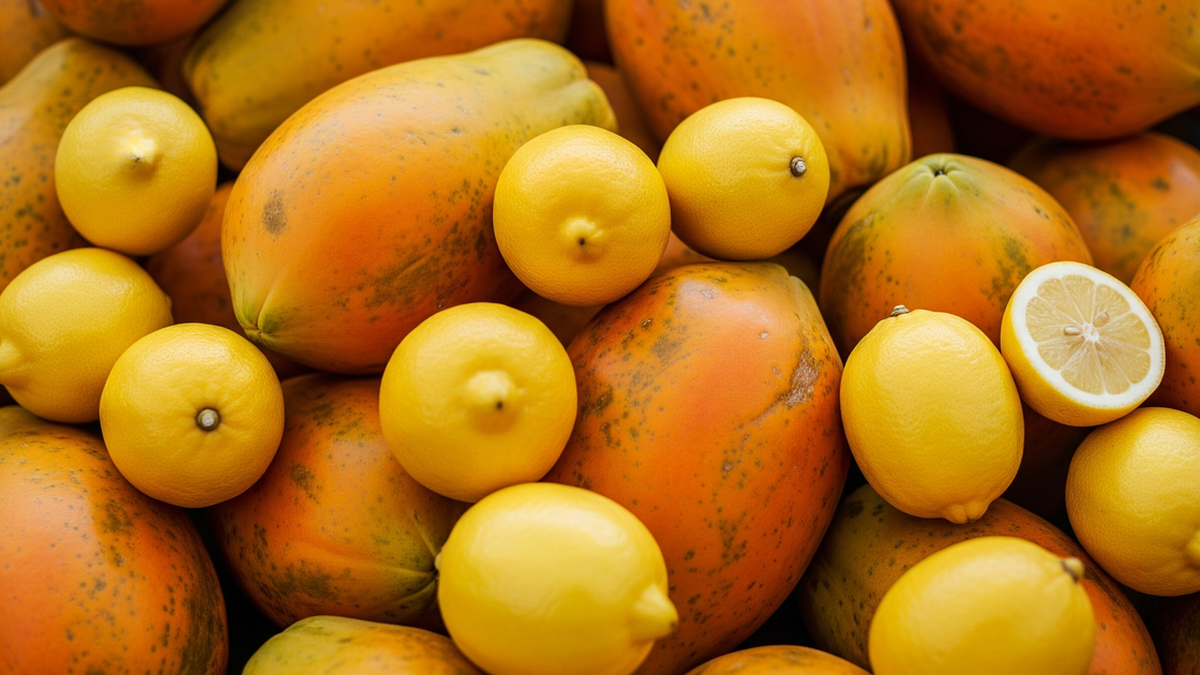
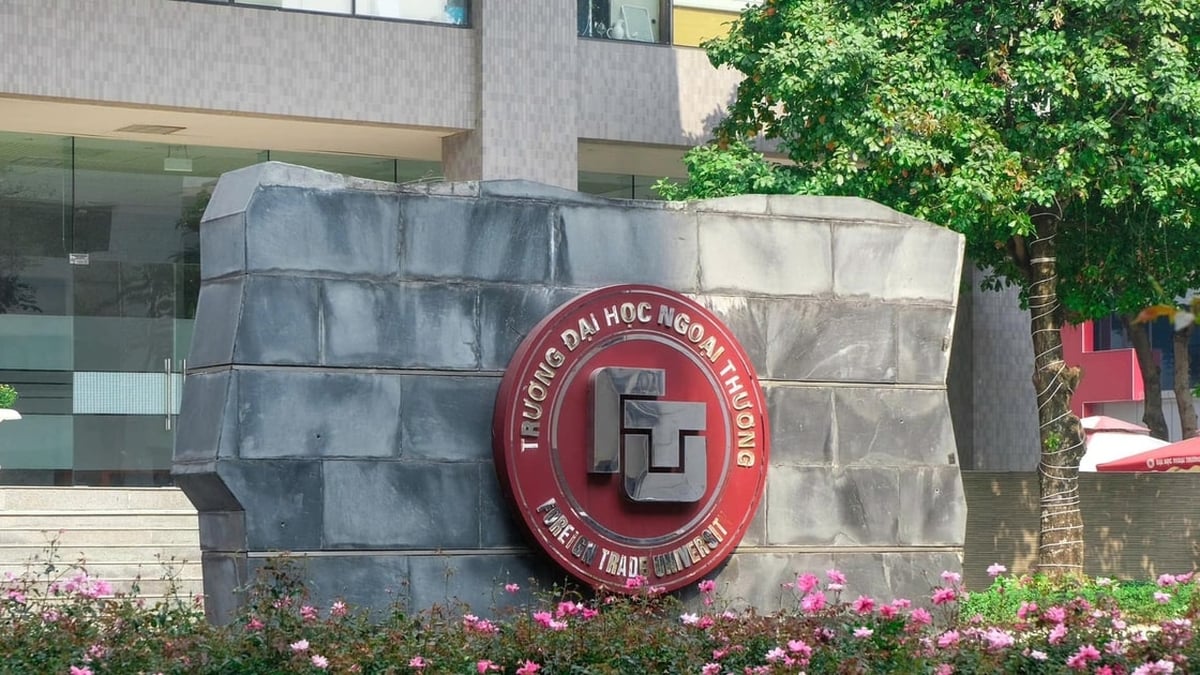
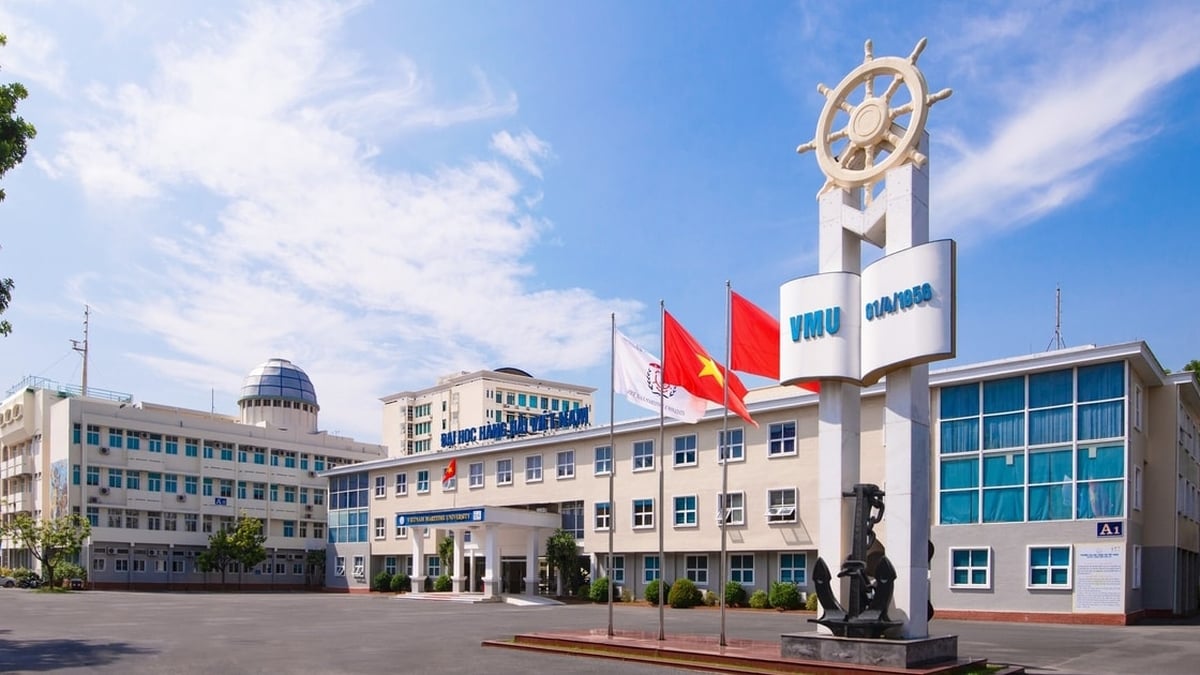
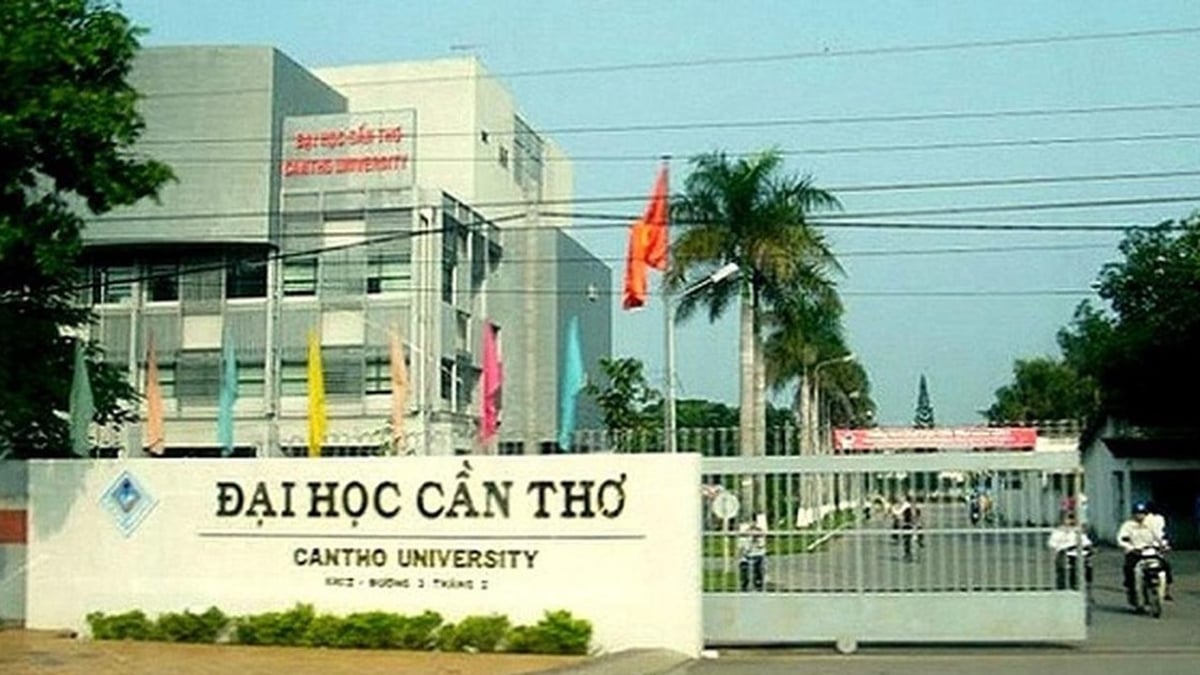
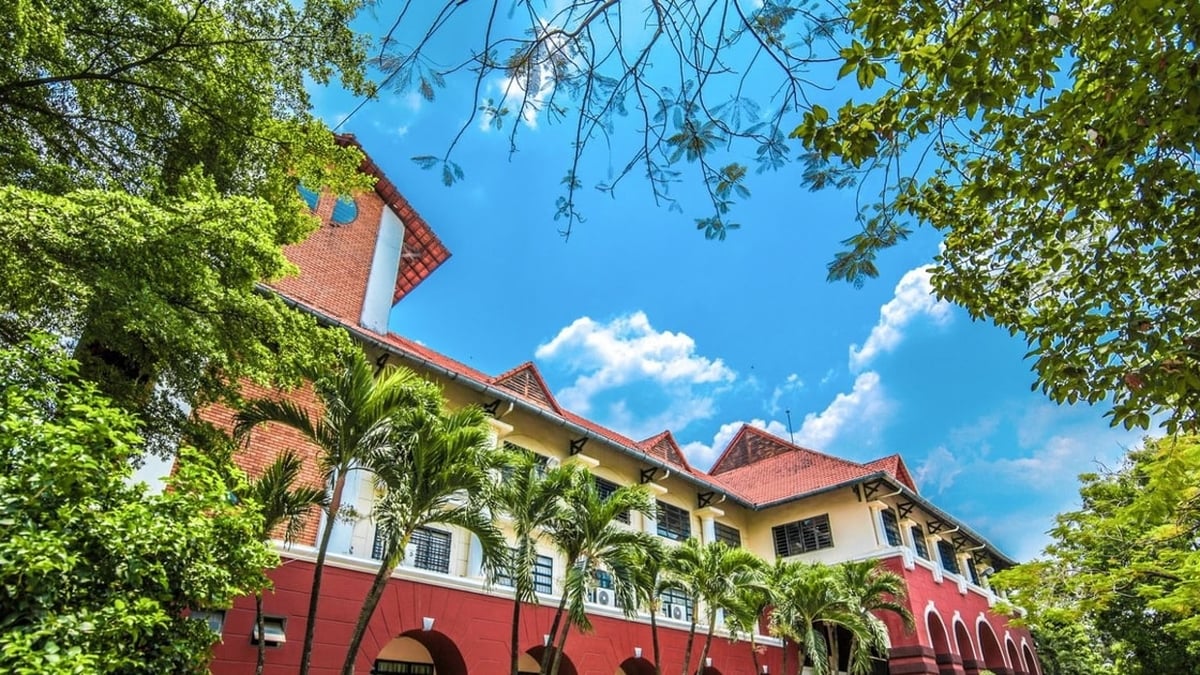





















































































Comment (0)